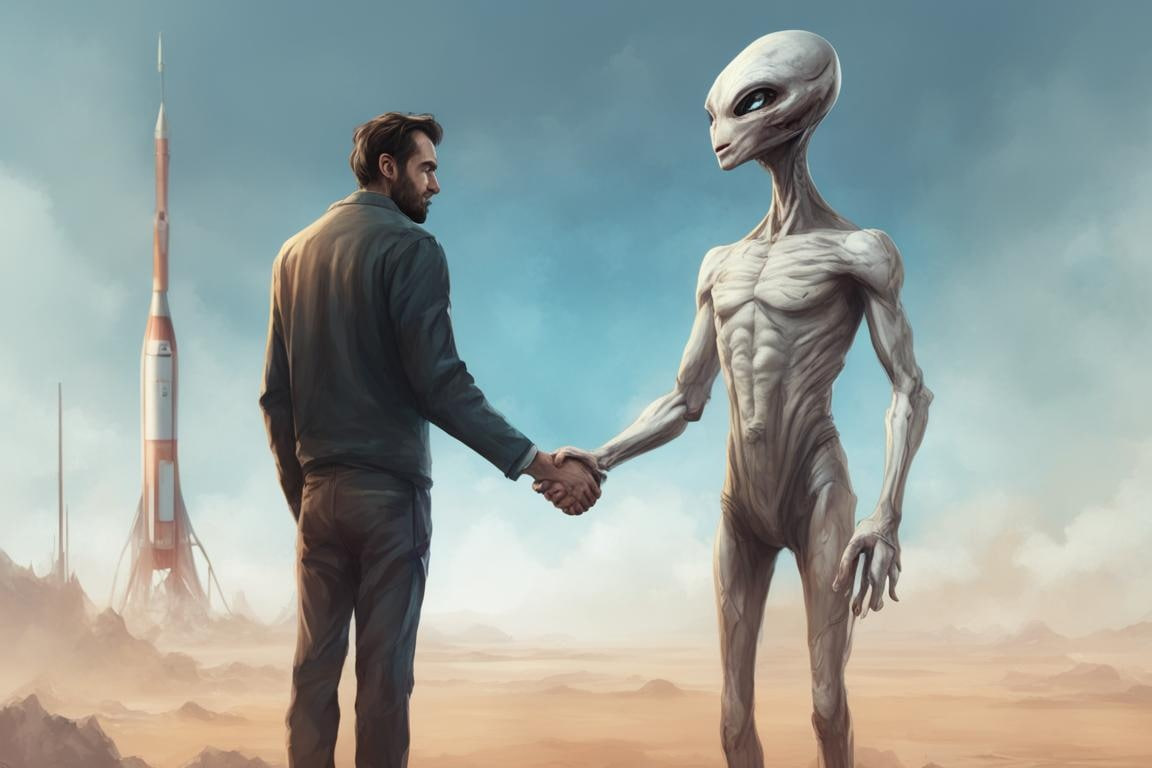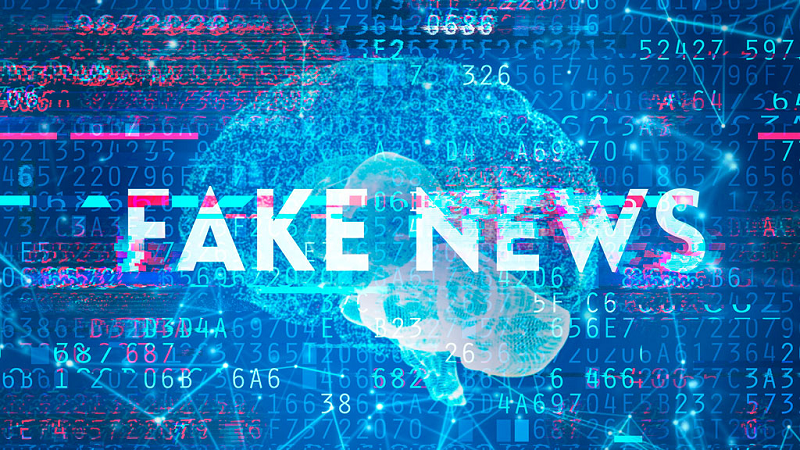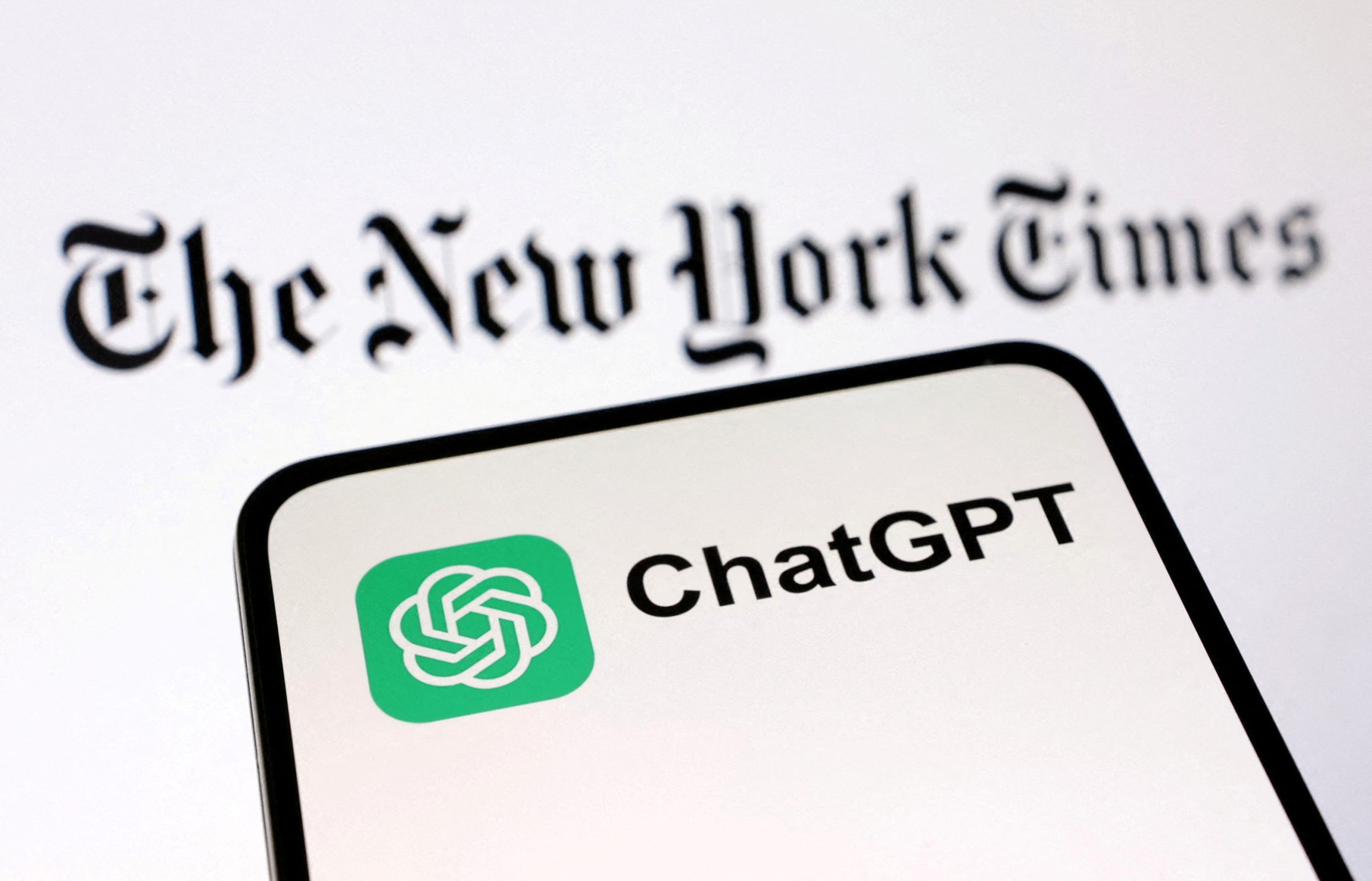The problem of contact with representatives of extraterrestrial civilizations is not confined to the fantasists. Since the time of Giordano Bruno, who was the first to make public the possibility of intelligent life beyond Earth, philosophers and scientists have often wondered about possible encounters with extraterrestrial civilizations. Many assumed that contact would not be smooth. Astrophysicist Stephen Hawking warned against contact with extraterrestrial intelligence. A famous scientist somehow believed that their social structure is similar to the conflict we know from the history of mankind.
It was this very strange assumption that led an international team from the Northwest University of the United States to create the CosmoAgent artificial intelligence computing platform. Given Hawking’s opinion, she modeled several options for contact with extraterrestrial intelligence. Almost all of the simulations resulted in a war between humans and aliens. It was difficult to expect a different outcome, because the platform initially laid pessimistic views on hypothetical events. Artificial intelligence also warned humanity against trying to communicate with inhabited worlds and advised “not to shine”.
The Northwest University was not embarrassed that the platform was pre-configured for a negative outcome. They also somehow decided that scientists on the Hawking scale could not be wrong – this assumption is unthinkable in the world of science. It is not difficult to guess that all these nuances make the results of the simulation extremely controversial. Conflicts between two civilizations in space are the stories of low-level Western militants, because no community prone to aggressive expansion can stay in space for long. It simply does not have the resources, and the only thing that such warlike aliens will accomplish is thermonuclear warfare or further degradation within one world.




